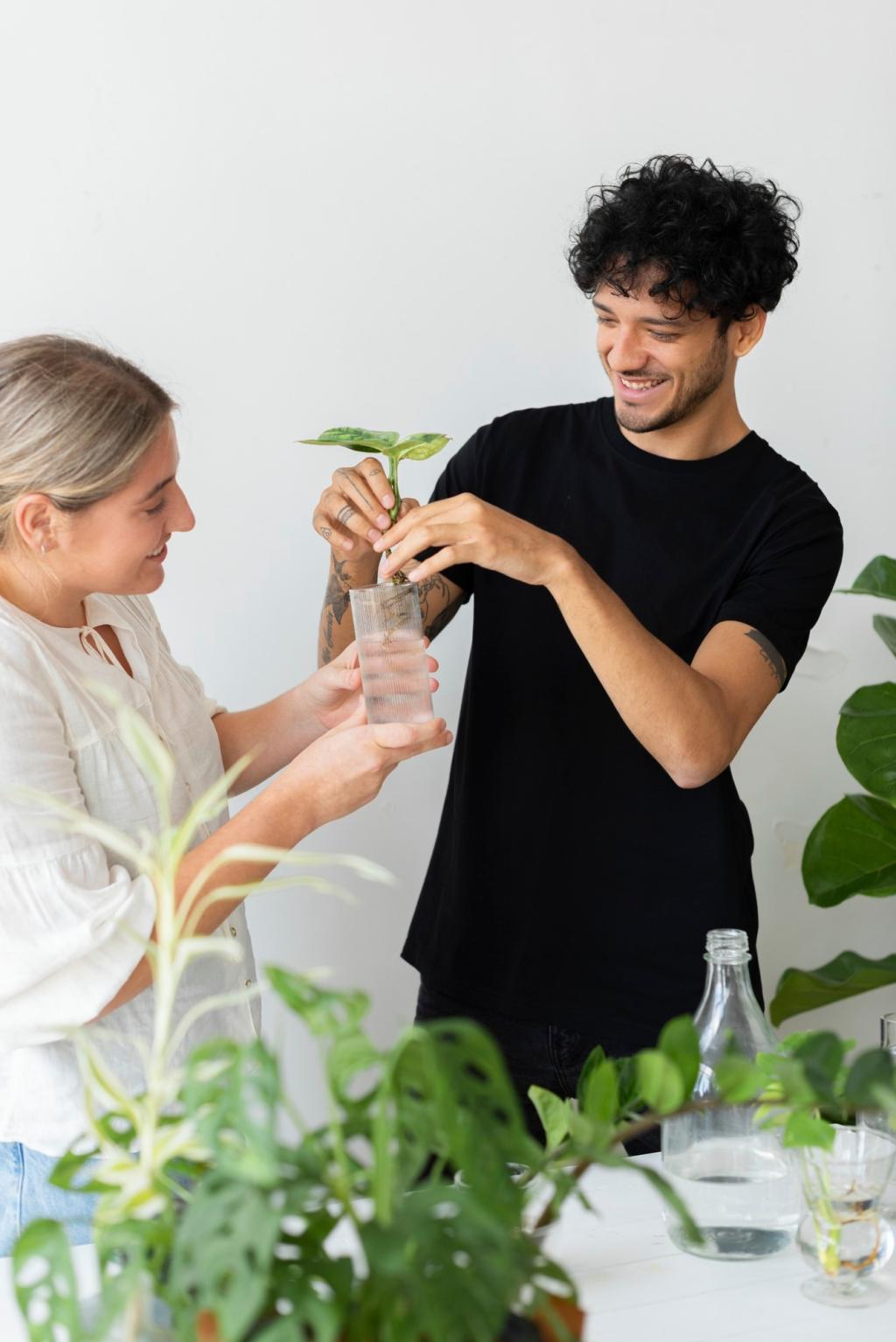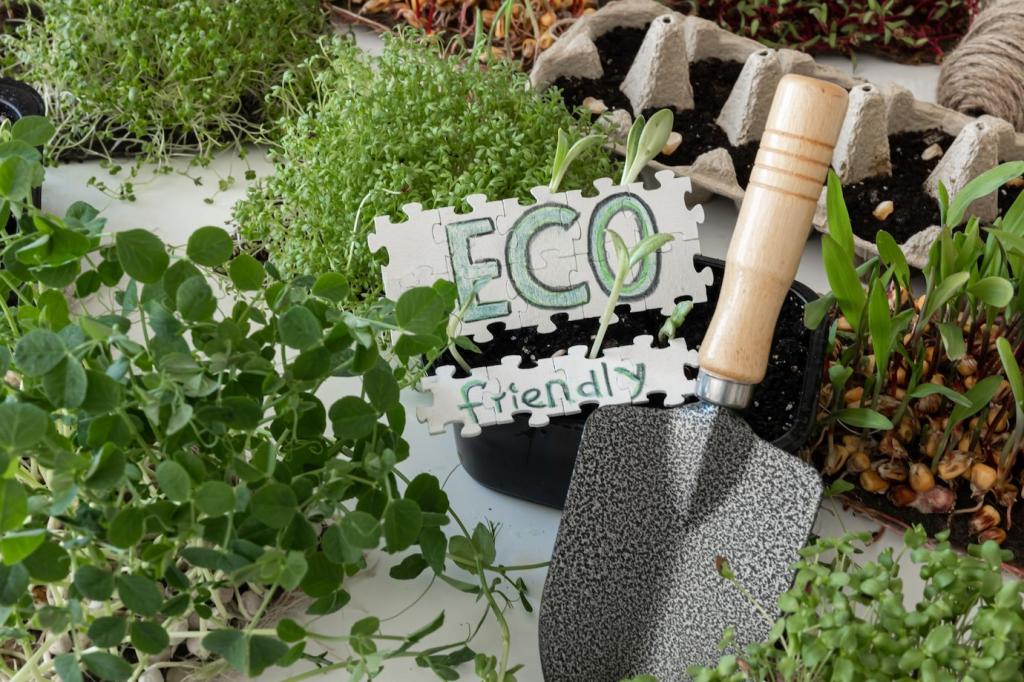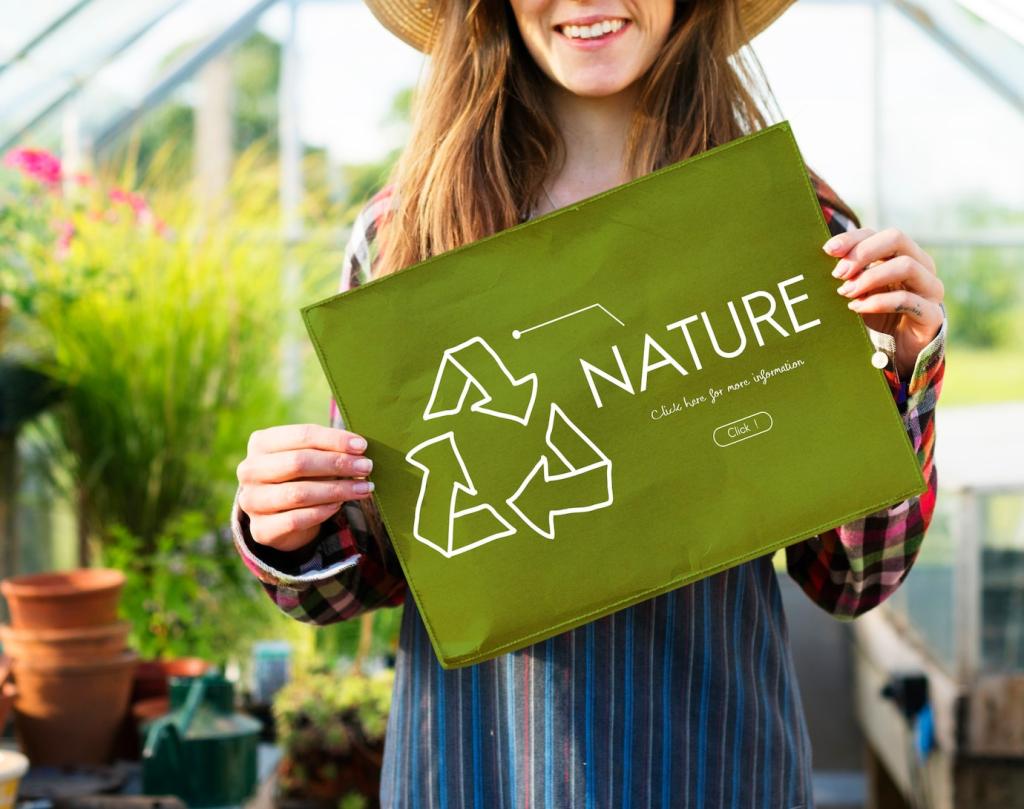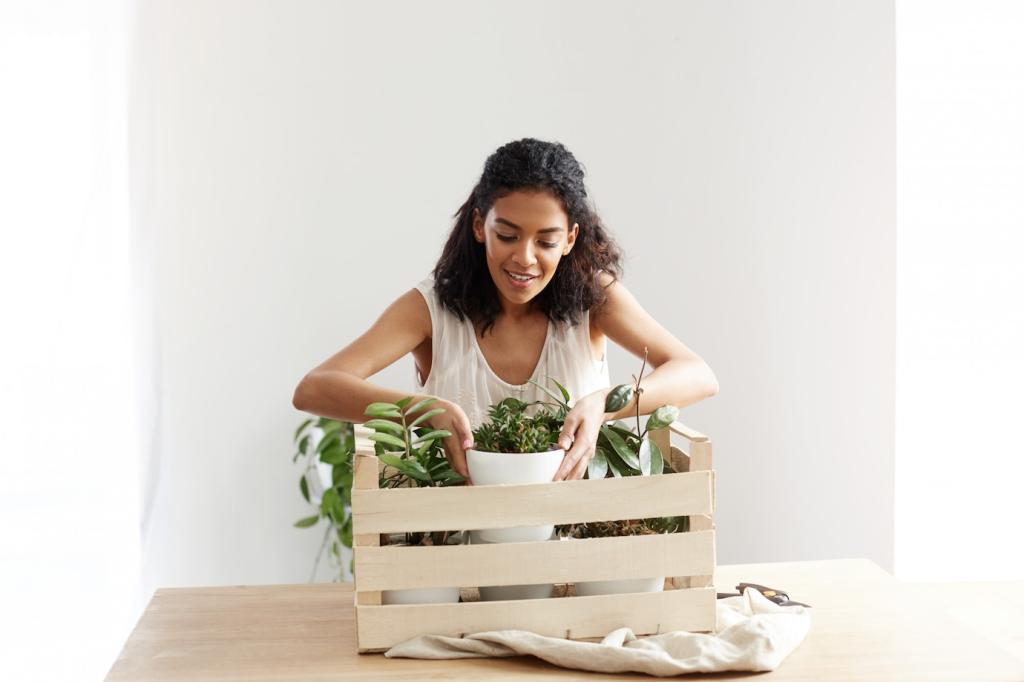
Transforming Vintage Pieces into Modern Classics
Chosen theme: Transforming Vintage Pieces into Modern Classics. Step into a world where storied objects gain fresh purpose, where age becomes an asset, and where your home tells a richer, more sustainable story. Subscribe for ideas, share your finds, and help us celebrate timeless design that still feels new.
Where to Hunt: Markets, Estates, and Salvage Yards
Map local flea markets, estate sales, and architectural salvage warehouses, then build relationships with vendors who understand your taste. Ask about incoming inventory, set alerts for auctions, and go early for first pick. Share your best hunting spots in the comments to help fellow treasure-seekers.
Evaluating Bones, Lines, and Joinery
Ignore surface scuffs and study structure: dovetail joints, solid wood frames, and honest wear signal longevity. Prioritize strong silhouettes with clean lines that adapt effortlessly to contemporary rooms. If a piece feels balanced and well-proportioned, you already have a foundation for a modern classic.
Authenticity, Patina, and the Beauty of Imperfection
Differentiate patina from damage. Patina tells a story—softened edges, burnished brass, and sun-faded tones. Damage undermines integrity—rot, loose frames, or deep cracks. Preserve character while ensuring safety and function. Do you celebrate visible age or prefer a near-new finish? Tell us your approach.


Design Alchemy: Blending Eras with Intention
Keep what made the piece iconic: its stance, curve, or edge profile. Modify where utility falters—streamline bulky bases, update casters, or re-balance shelves. By honoring the original silhouette, you create a refined evolution rather than a costume change. Share before-and-after stories to inspire others.
Design Alchemy: Blending Eras with Intention
Use hues that transcend trends: deep walnut, matte ecru, satin black, or muted forest green. These colors frame vintage geometry while chatting fluently with modern textiles and art. Test swatches in daylight and evening warmth, and invite readers to vote on your final palette in the comments.

Restoration Techniques that Preserve Character
Start with the least invasive approach: clean, nourish, then assess. Try soap, mineral spirits, or a light shellac refresh before full stripping. Sand with discipline around edges to avoid flattening age-softened contours. Share your go-to products and what finally brought that stubborn tabletop back to life.
Styling Vintage in Contemporary Spaces
Counterbalance a heavy vintage sideboard with airy chairs, slender lamps, and generous breathing room. Mix one statement antique with restrained companions so it reads intentional, not cluttered. Share a photo of your layout and invite readers to suggest spacing tweaks that amplify presence without overwhelm.
Sustainable Storytelling
Embodied Energy, Durability, and Care
Restoring quality vintage furniture preserves embodied energy and reduces waste compared to buying new. Solid joinery and real wood outlast trends when maintained. Share your maintenance rituals—oil schedules, seasonal checks—and invite readers to adopt a care calendar that keeps classics beautiful for decades.
Provenance Journals and Hidden Notes
Document the piece’s journey: dates, materials, finishes, and small discoveries. Tuck a discreet card or QR note underneath with care instructions. This creates continuity for future owners. Encourage readers to start a provenance journal and post their favorite origin stories to spark community conversation.
Community Swaps, Repairs, and Learning
Join local repair cafés, upholstery workshops, and swap circles to keep pieces circulating. Share mentors, books, and tutorials that expanded your skills. Invite subscribers to an upcoming virtual Q&A about responsible restoration—collect questions now so we can tailor the session to your projects and curiosities.
Case Studies: From Flea Finds to Forever Pieces

The 1960s Teak Sideboard with Water Stains
Years of plant rings masked exquisite teak grain. Careful oxalic acid treatment, light sanding, and a hand-rubbed oil finish revived warmth. Slim black pulls modernized without erasing mid-century charm. Share your toughest stain rescue and what finally tipped the piece from almost-lost to heirloom-ready.

Grandma’s Sagging Armchair, Reimagined
We kept the scalloped arms and carved feet, rebuilt the spring deck, then upholstered in pebble bouclé for a cloudlike seat. A micro-contrast welt honors the original tailoring. Post your inherited piece and ask the community: preserve the wood tone or go bold with color?

Industrial Workbench Turned Kitchen Island
After degreasing and leveling the top, we sealed the oak with food-safe finish and added hidden casters. Matte brass rails echo old hardware while aligning with modern fixtures. Tell us how you would style the open shelves—ceramics, cookbooks, or barware? Cast your vote and subscribe for the reveal.
